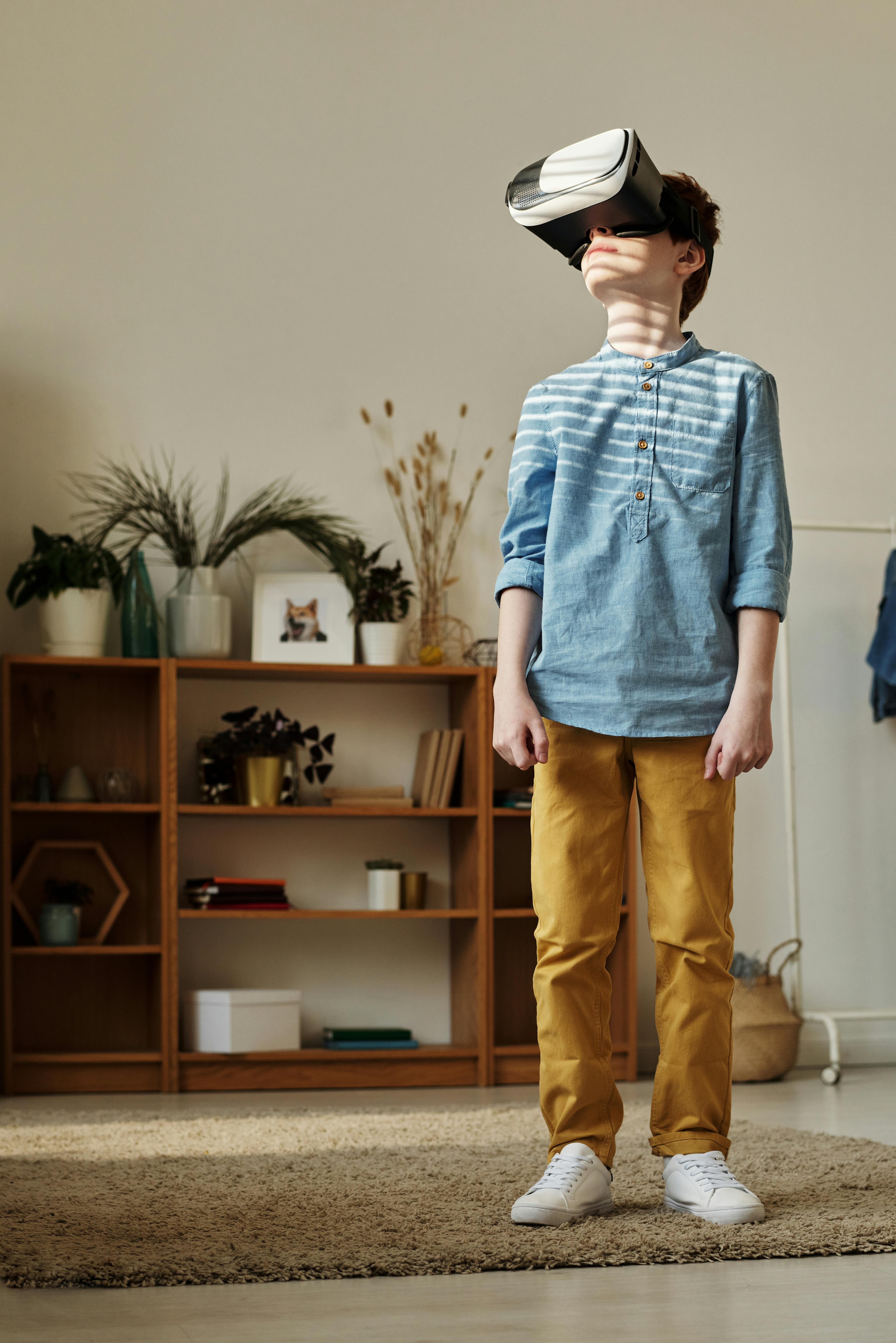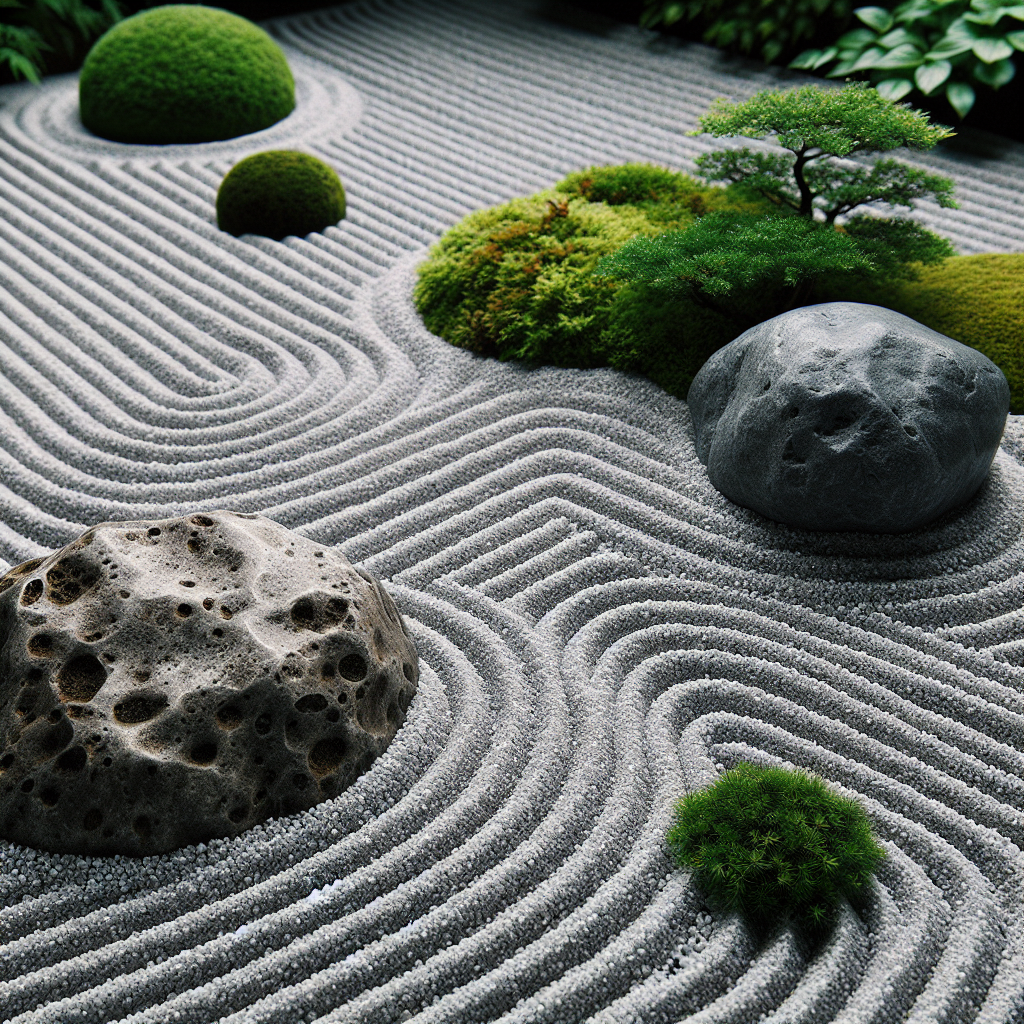Are you tired of the stresses of everyday life and in desperate need of a haven where you can relax and unwind? Look no further than your own home. Carving out a designated relaxation space can do wonders for your overall well-being. By creating a tranquil oasis tailored to your personal needs and preferences, you can diffuse stress, promote mental clarity, and foster a sense of inner peace. This article will explore the various ways in which designing such a space within your home can contribute to your well-being, helping you find the serenity and balance you deserve.

The Importance of Designated Relaxation Spaces
In today’s fast-paced and stressful world, having a designated relaxation space in your home is more important than ever. It provides a place for you to unwind, recharge, and prioritize your mental and physical well-being. Whether it’s a cozy corner in your bedroom or a dedicated room specifically designed for relaxation, having a space that is solely dedicated to promoting a sense of calm and tranquility can greatly enhance your overall well-being.
Creating a Place to Unwind
Having a designated relaxation space gives you the opportunity to create a personal oasis where you can escape the daily hustle and bustle. It provides a refuge from the demands of work, household chores, and other responsibilities. In this space, you can truly focus on yourself and engage in activities that bring you joy and relaxation. Whether it’s reading a book, practicing yoga, or simply meditating, having a designated space ensures that you have a dedicated area free from distractions where you can fully immerse yourself in activities that help you unwind.
Promoting Mental Health and Stress Reduction
Designated relaxation spaces play a crucial role in promoting mental health and reducing stress. Stress can have a detrimental impact on our overall well-being, leading to physical and mental ailments such as anxiety and depression. By creating a space that is dedicated to relaxation, you are giving yourself permission to prioritize self-care and take a break from the constant demands of life. This can help reduce stress levels, improve mood, and promote a greater sense of calm and well-being.
Enhancing Physical Well-being
Relaxation spaces not only benefit your mental health but also contribute to your physical well-being. When we are constantly on the go and neglecting our need for rest and relaxation, it can take a toll on our bodies. Designated relaxation spaces provide an opportunity to engage in activities that promote physical health, such as stretching, practicing mindfulness exercises, or enjoying a soothing massage. Investing time in these activities can improve flexibility, reduce muscle tension, and contribute to overall physical well-being.
Choosing the Right Location for Your Relaxation Space
Finding the right location for your relaxation space is essential to maximize its effectiveness and ensure that it truly serves as a sanctuary for you to unwind. Consider the following factors when choosing the perfect spot:
Considering Noise Levels
Choose a location in your home that is away from noisy areas and distractions. Ideally, it should be a quiet space where you can find solitude to relax and rejuvenate. This can be a spare bedroom, a converted attic, or even a cozy corner in your living room.
Maximizing Natural Light and Views
Natural light has a profound impact on our mood and well-being. When choosing a location for your relaxation space, prioritize areas that receive ample natural light. Sunlight helps regulate our circadian rhythm, boosting our energy levels and overall mood. Additionally, a room with a view of nature or greenery can evoke a sense of calm and tranquility.
Finding a Balance of Privacy and Accessibility
Consider how accessible and private you want your relaxation space to be. While some individuals may prefer a secluded area where they can retreat in complete solitude, others might want their relaxation space to be integrated into the main living area for easy access. Finding the right balance between privacy and accessibility is crucial to ensure that your relaxation space suits your individual needs and preferences.

Design Elements for a Relaxing Atmosphere
The design elements of your relaxation space play a vital role in creating a soothing and serene atmosphere. Here are some key design considerations:
Color Psychology and Mood
Color has a powerful influence on our emotions and can significantly impact the atmosphere of a space. When creating your relaxation space, opt for calming and neutral colors such as blues, greens, or earth tones. These colors promote a sense of tranquility and serenity, helping to create a peaceful ambiance.
Comfortable Furniture and Textiles
Invest in comfortable furniture and textiles that allow you to fully relax and unwind. Choose plush cushions, soft rugs, and cozy blankets to create a sense of comfort. Incorporate furniture pieces that support good posture and provide ample support, such as ergonomic chairs or cozy loungers.
Effective Lighting Solutions
Lighting plays a crucial role in creating a relaxing atmosphere. Avoid harsh fluorescent lighting and opt for soft, warm lighting options instead. Consider incorporating dimmable lights or lamps with adjustable settings to create a soothing ambiance. Additionally, candles or fairy lights can add a touch of coziness and create a warm and inviting atmosphere.
Incorporating Nature and Greenery
Bringing elements of nature into your relaxation space can have a profound impact on your well-being. Here are some ways to incorporate nature and greenery:
Bringing the Outdoors In
Consider incorporating natural elements such as wood, stone, or woven materials into your relaxation space. These natural textures can help create a sense of connection to the outdoors and evoke a more tranquil and calming environment.
Benefits of Indoor Plants
Indoor plants not only add beauty and aesthetic appeal to your space but also provide numerous health benefits. Plants have been shown to improve air quality, reduce stress, and promote a sense of calm and relaxation. Choose low-maintenance indoor plants that thrive in indoor conditions, such as snake plants or peace lilies.
Creating a Zen Garden
If you have sufficient space, consider creating a mini Zen garden in your relaxation space. These miniature gardens typically feature sand or gravel, rocks, and carefully arranged elements like moss or miniature figurines. Zen gardens are known for their tranquil and meditative qualities, providing a peaceful focus point for contemplation and relaxation.

Personalizing Your Relaxation Space
Creating a personalized relaxation space allows you to infuse it with your unique interests and personality. Here are some tips for adding a personal touch:
Reflecting Your Interests and Personality
Incorporate elements that reflect your interests and passions. If you love art, consider hanging your favorite pieces or creating a dedicated art corner. If you’re a bookworm, create a cozy reading nook with a bookshelf filled with your favorite reads. Personalizing your space with things that bring you joy will enhance your overall relaxation experience.
Incorporating Relaxing Scents
Scent has a powerful impact on our mood and can greatly contribute to the relaxation experience. Consider incorporating relaxing scents into your space, such as essential oils or scented candles. Lavender, chamomile, and jasmine are known for their calming properties and can help create a more serene environment.
Adding Personal Touches and Memorabilia
Display meaningful items and memorabilia that hold sentimental value to you. This could be family photos, travel souvenirs, or treasured heirlooms. Surrounding yourself with these special items can provide a sense of comfort and nostalgia, further enhancing the relaxing atmosphere of your space.
Technology-Free Zones for Digital Detox
In this digital age, creating a technology-free zone within your relaxation space is essential to achieve a true sense of disconnection and mindfulness. Here’s why it’s important:
Creating Boundaries with Technology
Our dependency on technology can often lead to feelings of stress and anxiety. By designating a technology-free zone, you are setting clear boundaries and allowing yourself to disconnect from the constant notifications and digital distractions.
Benefits of Unplugging
Unplugging from technology has numerous benefits for our well-being. It allows us to be present in the moment, reduces stress levels, improves sleep quality, and promotes better mental health. By designating a technology-free zone in your relaxation space, you are actively creating a space for digital detox, allowing yourself to fully engage in activities that promote relaxation and mindfulness.
Alternative Activities for Relaxation
Incorporate alternative activities into your technology-free relaxation space that help promote relaxation and mindfulness. This could include practicing yoga, meditation, journaling, or engaging in other creative pursuits such as painting or knitting. Creating a space that supports these activities without the distractions of technology will greatly enhance your overall relaxation experience.
Multifunctional Relaxation Spaces for Small Homes
Living in a small home doesn’t mean you have to compromise on having a designated relaxation space. Here are some ideas for creating a multifunctional relaxation space in a small home:
Combining Rooms for Efficiency
Consider combining rooms to create a more efficient use of space. For example, you can designate a corner of your bedroom as a relaxation space by adding a comfortable chair, a small table for books or a cup of tea, and some soothing lighting. By integrating your relaxation space into an existing room, you can maximize the available space in your home.
Utilizing Clever Storage Solutions
In small homes, storage solutions are key to keep the space organized and clutter-free. Consider incorporating built-in storage units or floating shelves to maximize storage space. Having a well-organized relaxation space will create a more tranquil and stress-free environment.
Creating Portable Relaxation Stations
If space is limited, consider creating portable relaxation stations that can be easily moved and set up as needed. This could include a comfortable floor pillow, a small folding table for activities, and a basket or storage container to keep essential relaxation items. Portable relaxation stations can be set up in different areas of your home, allowing you to unwind and relax wherever you are.
The Role of Designated Relaxation Spaces in Sleep
Designated relaxation spaces also play a crucial role in promoting better sleep habits. Here’s why:
Promoting Better Sleep Habits
Having a designated relaxation space can help establish a calming bedtime routine, signaling to your body and mind that it’s time to unwind and prepare for sleep. By engaging in relaxation activities in this space, such as reading a book or practicing gentle stretches, you are creating a peaceful transition from wakefulness to sleep.
Creating a Calming Bedtime Routine
Establishing a calming bedtime routine is essential for a good night’s sleep. Designating a space solely for relaxation allows you to create a routine that is conducive to sleep. By incorporating activities like listening to soothing music, practicing meditation or deep breathing exercises, you can prepare your body and mind for a restful night’s sleep.
Designing a Sleep-Friendly Environment
Your relaxation space can also serve as a sleep-friendly environment. Incorporate elements such as blackout curtains or blinds to minimize external light, use a comfortable mattress and pillow to promote proper sleep posture, and ensure the temperature is conducive to sleep. By designing your relaxation space with sleep in mind, you are setting the stage for a restful and rejuvenating night’s sleep.
The Connection Between Design and Mental Health
The design of our surroundings has a significant impact on our mental health and emotional well-being. Creating a designated relaxation space that is visually appealing and promotes a positive atmosphere can greatly improve mental health. Here’s how:
Impact of Environment on Emotional Well-being
Our surroundings have a profound impact on our emotional well-being. A cluttered and disorganized space can contribute to feelings of stress and anxiety, while a well-designed and aesthetically pleasing space can evoke feelings of calm and contentment. By intentionally designing your relaxation space to promote relaxation and well-being, you are creating an environment that positively impacts your emotional well-being.
Reducing Anxiety and Depression Symptoms
Designated relaxation spaces can serve as a refuge for individuals experiencing anxiety or depression. These spaces provide a safe haven where one can retreat to during difficult times. By incorporating elements that promote relaxation and calmness, such as soothing colors, comfortable furniture, and calming scents, you can create an environment that helps alleviate symptoms of anxiety and depression.
Creating a Positive and Uplifting Space
Designated relaxation spaces allow you to curate an environment that is uplifting and positive. Surrounding yourself with items and colors that bring you joy can greatly impact your mood and emotional well-being. Displaying inspirational quotes or artwork that resonates with you can serve as a daily reminder to prioritize self-care and positivity.
Sustainable and Eco-Friendly Relaxation Spaces
Creating sustainability-focused relaxation spaces not only benefits the environment but also contributes to our overall well-being. Here’s how to incorporate sustainability into your relaxation space:
Choosing Sustainable Materials
Opt for furniture and decorative items made from sustainable materials such as bamboo, reclaimed wood, or recycled materials. These materials have a lower environmental impact and contribute to a healthier indoor environment.
Energy-Efficient Design Solutions
Incorporate energy-efficient design solutions into your relaxation space. Use LED or energy-saving light bulbs, install energy-efficient windows to maximize natural light, and consider using energy-efficient appliances if applicable. These choices will not only reduce your environmental footprint but also save you money on energy bills.
Incorporating Recycling and Upcycling
Implement recycling and upcycling practices in your relaxation space. Set up designated recycling bins and incorporate upcycled or repurposed items into your decor. For example, you can transform old crates into bookshelves or repurpose Mason jars into candle holders. By incorporating recycling and upcycling into your relaxation space, you are making a positive impact on the environment while adding a unique and personal touch to your space.
In conclusion, creating a designated relaxation space in your home is a valuable investment in your well-being. Whether you have a large room or a small corner, choosing the right location, incorporating calming design elements, and personalizing the space to reflect your interests and personality can greatly enhance your relaxation experience. By prioritizing self-care and creating boundaries with technology, you can establish a space that promotes mental health, reduces stress, and fosters a sense of calm and tranquility. Furthermore, integrating elements of nature, designing a sleep-friendly environment, and adopting sustainable practices contribute to an overall improved well-being. So, go ahead and create your own personal oasis of relaxation – you deserve it!
